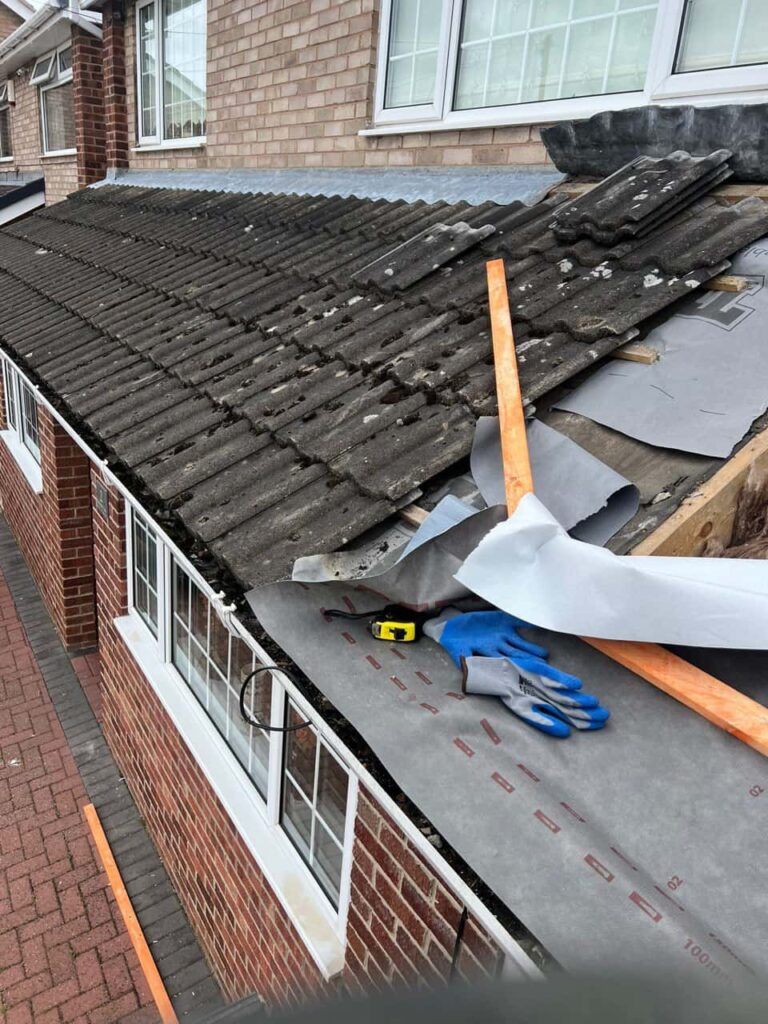Introduction: Flat roofs are popular for modern and commercial buildings due to their sleek appearance and versatility. However, designing effective overhangs and eaves for flat roofs requires careful consideration to ensure they enhance the architectural aesthetics and contribute to the building’s energy efficiency and weather protection. This blog post explores the key design considerations for flat roof overhangs and eaves, providing valuable insights for anyone looking to optimise their roofing structure with the help of Hillfield Roofing Repairs.
Understanding the Role of Overhangs and Eaves
Overhangs and eaves on a flat roof extend beyond the walls of the building. Their primary function is to provide shade and protection from the elements, reducing rain splash and protecting the building’s façade and foundation from water damage. Additionally, they help to control the amount of sunlight entering the building, which can be crucial for energy conservation and maintaining comfortable indoor temperatures.
Key Design Considerations
- Climate Adaptation
- Sun Exposure: In hot climates, wider overhangs can significantly reduce cooling costs by shading windows and walls during the hottest parts of the day. In colder climates, smaller overhangs prevent excess shade, allowing for natural heating through sunlight.
- Rain and Snow Protection: The size and angle of overhangs should also consider local precipitation patterns. Wider overhangs might be necessary in areas with heavy rainfall to prevent water from pooling near the foundation.
- Architectural Style
- Aesthetics: The design of the overhang should complement the overall architectural style of the building. Modern buildings feature sharp, minimalistic overhangs, while more traditional designs opt for larger, more decorative eaves.
- Integration with the Roof Design: Overhangs should be integrated into the design of the roof from the beginning to ensure a seamless look and functional performance. This includes considerations for roofing material, drainage patterns, and structural load.
- Material Selection
- Durability: Materials for overhangs and eaves should be selected based on their durability and maintenance requirements. For instance, materials resistant to rot, mould, and insects (like treated wood, certain metals, or composite materials) are preferred.
- Weight: The weight of the chosen materials should be supported by the building’s structure. Heavier materials may require additional structural support.
- Structural Integrity
- Support Mechanisms: Depending on the extent of the overhang, additional support mechanisms, such as brackets or columns, might be necessary. These supports need to be designed to handle not only the weight of the overhang but also any additional load from snow or accumulated debris.
- Building Codes: It’s essential to adhere to local building codes and regulations, which can dictate the maximum allowable projection of overhangs, required materials, and attachment methods.
- Energy Efficiency
- Insulation and Ventilation: Overhangs and eaves can improve the roof’s insulation, reducing thermal bridging and enhancing the building’s overall energy efficiency. Proper ventilation under the eaves can also help regulate attic temperatures and moisture levels.
Practical Tips and Recommendations
- Customised Solutions: Always consider customising the size and shape of the overhangs to match specific functional needs and aesthetic desires. Consulting with a design professional can ensure that these elements are balanced effectively.
- Incorporation of Green Features: Consider integrating sustainable features such as green roofs or solar panels on or around the overhangs to enhance environmental performance and potential utility savings.
- Regular Maintenance: Routine inspections and maintenance of overhangs and eaves are crucial to ensure they remain in good condition and perform effectively over time.
Conclusion: Designing overhangs and eaves for flat roofs involves a holistic approach considering climate, aesthetics, material durability, structural requirements, and energy efficiency. By carefully planning these features, you can significantly enhance the functionality and appearance of your building. Hillfield Roofing Repairs offers expert guidance and services to help you design and implement the best roofing solutions, ensuring that your flat roof’s overhangs and eaves are beautiful and beneficial.
Call us on: 024 7542 4897
Click here to find out more about Hillfield Roofing Repairs
Click here to complete our contact form and see how we can help with your roofing needs.

